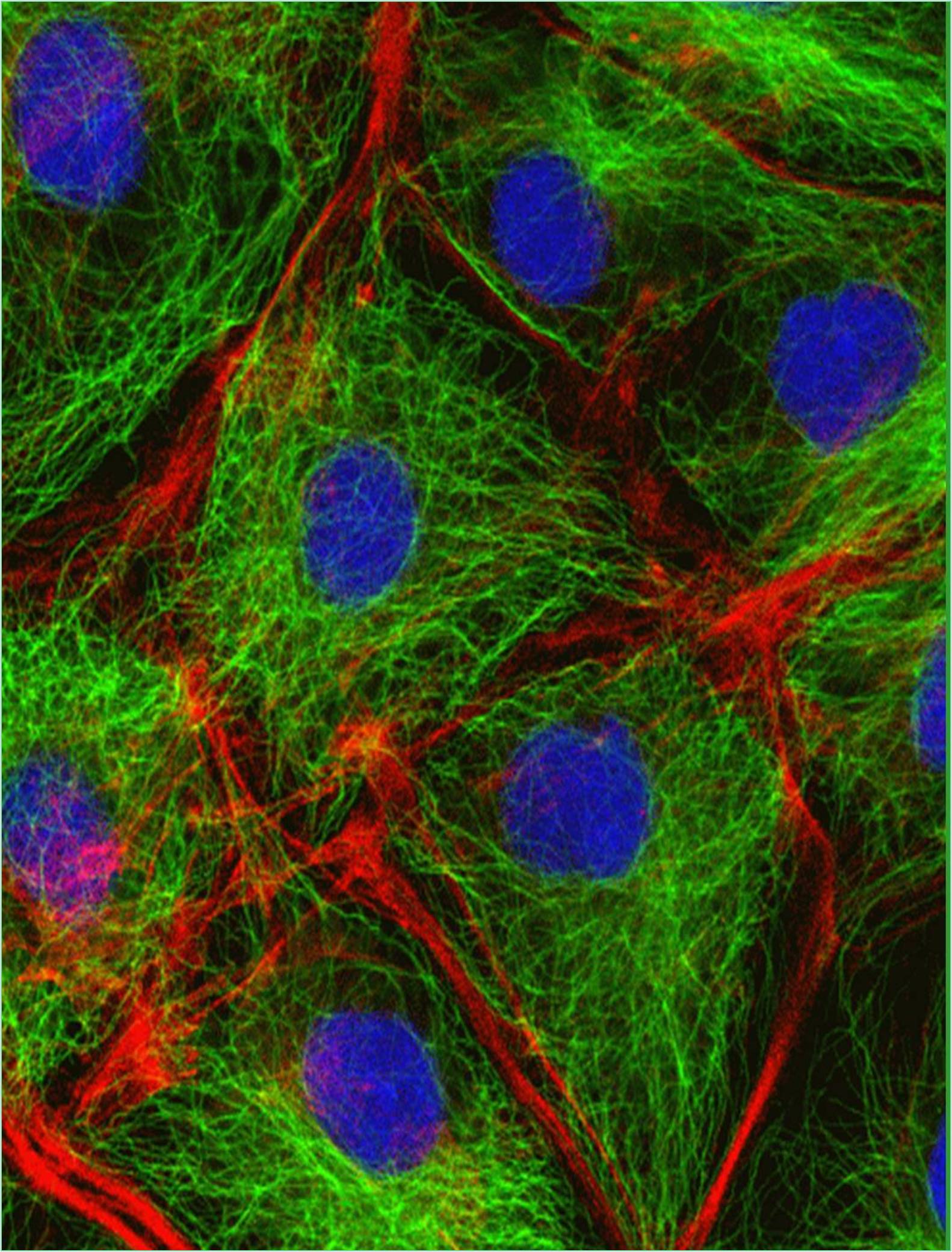



Received: 02-Feb-2022, Manuscript No. GJCMB -22-65810; Editor assigned: 04-Feb-2022, Pre QC No. GJCMB -22-65810 (PQ); Reviewed: 18-Feb-2022, QC No. GJCMB -22-65810; Revised: 25-Feb-2022, Manuscript No. GJCMB-22-65810 (R); Published: 04-Mar-2022, DOI: 10.15651/gjcmb.22.10.003
The capsid is the protein coat of the virus, which encloses its genetic material. It is composed of several oligomeric (repeated) structural subunits made up of proteins called protozoa. The observable three-dimensional morphological subunits, which may or may not correspond to individual proteins, are called capsomeres. The proteins that make up the capsid are called capsid proteins or viral envelope proteins (VCPs). The capsid and the genome inside are called nucleocapsids.
Capsids are often classified according to their structure. Most viruses have capsids with a spiral or tetrahedral structure. Some viruses, such as bacteriophages, have evolved more complex structures due to elastic and electrostatic stresses. The tetrahedron, which has 20 equilateral triangle faces, approximates a sphere, while the spring-like helix, takes up the space of a cylinder but is not itself a cylinder. The sides of the capsid may consist of one or more proteins. For example, the capsid of the foot-and-mouth disease virus has sides made up of three proteins named VP1-3.
Some viruses are enveloped, which means the capsid is covered by a lipid membrane known as the viral envelope. The envelope is acquired by the capsid from the intracellular membrane in the viral host. Examples include the inner nuclear membrane, the Golgi membrane and the outer cell membrane.
Once the virus has infected the cell and begins to multiply, new capsid subunits are synthesized using the cell's protein biosynthetic mechanism. In some viruses, including those with helical capsid and especially those with RNA genomes, the capsid proteins will assemble into their genome. In other viruses, especially more complex viruses with double-stranded DNA genomes, capsid proteins assemble into empty precursor procapsids comprising a specialized portal structure at one apex. Through this port, viral DNA is transferred into the capsid.
Structural analyzes of the architecture of Major Capsid Proteins (MCPs) were used to classify viruses into lineages. For example, the phage PRD1, Paramecium Bursaria Chlorella virus1 (PBCV1), mimivirus and mammalian adenovirus have been placed in the same family, while double-stranded DNA bacteria (Caudovirales) and herpes viruses of the second line.
The icosahedron structure is very common in viruses. The icosahedron consists of 20 triangular faces surrounded by 12 quintuple vertices and 60 asymmetric units. Therefore, the icosahedron virus is composed of 60 N protein subunits. The number and placement of capsomeres in the icosahedron capsid can be categorized using the "quasi-equivalence principle" proposed by Donald Caspar and Aaron Klug. Like the Goldberg polyhedron, the icosahedron structure can be thought of as being composed of pentamers and hexamers. Structures can be indexed with the two integers h and k, h ≥ 1 and k ≥ 0. This structure can be thought of as taking h steps from the end of the pentamer, rotating it 60 degrees counter clockwise and then taking k steps to reach the next pentamer.
The elongated icosahedron is a common shape of the bacteriophage head. Such a structure consists of a cylinder with caps on both ends. A cylinder is made up of 10 elongated triangular faces. The Q number (or Tmid) is any positive integer and indicates the number of triangles made up of the asymmetric subunits that make up the 10 triangles of a cylinder. Caps are categorized by T (or Tend) number.
Many rod like and filamentous plant viruses have spirally symmetric capsids. The helix structure can be described as a set of n 1D molecular helices connected by n times of axial symmetry. Spiral transformations can be divided into two categories, one-dimensional and two-dimensional spiral systems. The construction of a complete spiral structure relies on a set of translational and rotation matrices encoded in a protein database. The symmetry of the helix is given by the equation P = μxρ. Where μ is the number of structural units per rotation of the helix, ρ is the axial pitch per unit and P is the pitch of the helix. The structure is said to be open due to the nature of being able to enclose any volume by changing the length of the helix. The well-understood helical virus is the tobacco mosaic virus. A virus is a single molecule of (+) strands RNA. Each coat protein in the helix binds to three nucleotides in the RNA genome. Influenza A virus contains multiple ribonucleoproteins and differs in that the NP protein of the virus organizes RNA into a spiral structure. The size is also different. Tobacco mosaic virus has 16.33 protein subunits per helical turn, while influenza A virus has a 28 amino acid tail loop.